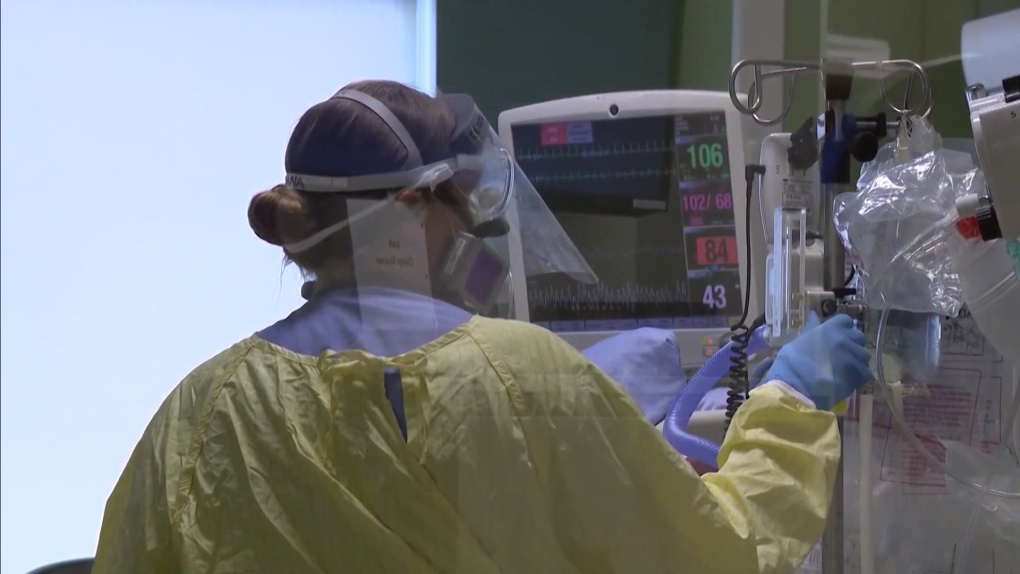After a slow increase in recent years, payments to the for-profit staffing companies have surged as the province's health-care system has become more reliant on contract workers to keep hospitals' acute care systems running.
The health authority's total costs are set to balloon to $162 million in 2022-23, up from just $73.7 million the previous fiscal year and $8.7 million in 2018-19.
When CTV News first began investigating the post-pandemic phenomenon, it spent months pestering health officials for information that they've been reluctant to provide in past years. Qualified short-term workers provided by temp agencies have been relied on to cover vacation and sick leave in health-care facilities with only a handful of full-time staff, mostly in rural and remote communities.
“We're increasing the number of agency nurses because we need to keep our emergency rooms open in particular,” Health Minister Adrian Dix acknowledged.
“It's nice to say things like, 'We're going to eliminate agency nursing,' but we have to sustain that as we build and as we continue with all of our recruitment efforts (for unionized public employees) in the community as well.”
Dix spoke in a one-on-one interview about the “increase” in payments to recruitment agencies before his office released the actual statistics. CTV News has requested multiple times since September from health departments for an update, and after involving senior provincial government civil servants, the information was finally provided on Tuesday, June 18.
The warning came true
Critics have been warning the government about the risks of relying on recruitment agencies since CTV News first exposed the issue in August 2022. They say public sector nurses will be tempted from full-time union positions with pensions and benefits to agency jobs that not only cover travel expenses and higher salaries but also don't force them to work overtime or pressure them into undesirable shifts or working conditions they consider unsafe.
When payments to the agency increased sevenfold in the early days of the COVID-19 pandemic, the state claimed it was only because of an urgent need for qualified health care workers to work in vaccination centers and do contact tracing, something health officials also denied, saying it was only a small part of their overall budget and was only used as a last resort.
But the latest data shows the rates are rising sharply: Vancouver Coastal Health saw agency nurses increase from 0.84 per cent in 2021-22 to 3.17 per cent in 2022-23, and Northern Health saw it increase from 8.83 per cent to 15.86 per cent. Only Fraser Health saw a more modest increase, from 0.95 per cent to 1.11 per cent.
What's next?
Dix suggested health authorities have different needs, and it makes sense that Northern Health, with its far-flung communities and travel times, would be in the greatest need of short-term contractors to cover shifts. The health authority is spending $27 million in 2021-22, spending the most ($52 million last year) on the area with the fewest residents but the largest geographic area.
The Interior ($8.5 million to $34.4 million, respectively) and Vancouver Island health authorities ($20 million to $37.5 million, respectively) face similar challenges around the size and mobility of their communities.
But geography alone cannot explain why Vancouver Coastal Health, which has the largest concentration of health-care workers, increased its pay from $6 million in 2021-22 to a whopping $24 million most recently, unless workers were attracted by higher pay and more favorable working conditions.
“Contingent nursing is not what we want,” Dix argued. “If we can take steps to continue the 24/7 service that we strive for everywhere, then this is a tool that we will continue to use. We will continue to use it, albeit reluctantly.”



